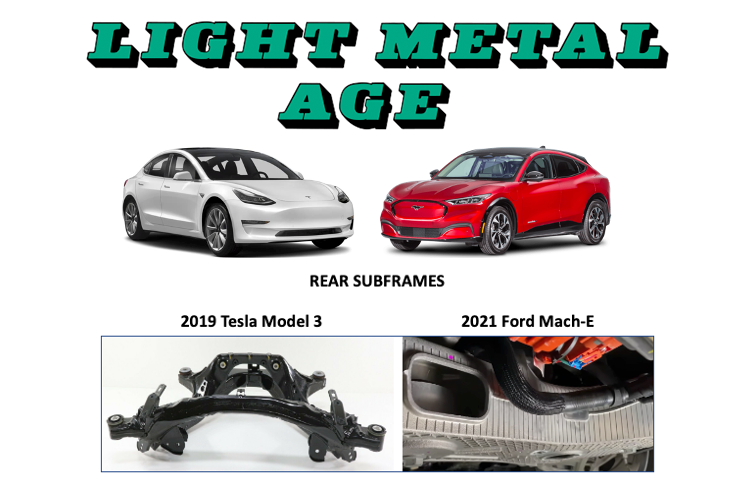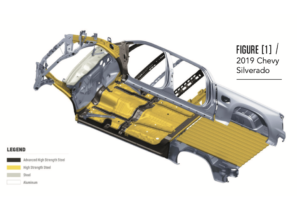Regardless of whether a vehicle features an electric or internal combustion engine (ICE), there are many factors that affect the fuel efficiency and range in its design. Efficiency losses can come in many forms but are generally affected by factors such as aerodynamics, rolling resistance, friction losses, and weight. Aerodynamics is perhaps the largest lever in controlling fuel efficiency but is limited by the function of the vehicle and its design aesthetics. Rolling resistance is largely about the impact of the wheels, which have to be balanced for durability and traction. Friction losses are related to the function of the engine. Vehicle weight is the sum total of the body and systems, plus the advisable payload in terms of passengers, cargo, and towing. Weight can be optimized through a combination of design and material selection, which is the focus of this article.

Light Duty Vehicle Market
A Look at 2017 Safety Component and Options for Future Lightweighting
Faced with pressing Corporate Average Fuel Economy (CAFE) 2025 targets, automobile manufacturers are using a number of methods to improve fuel economy. Engine downsizing, turbo


